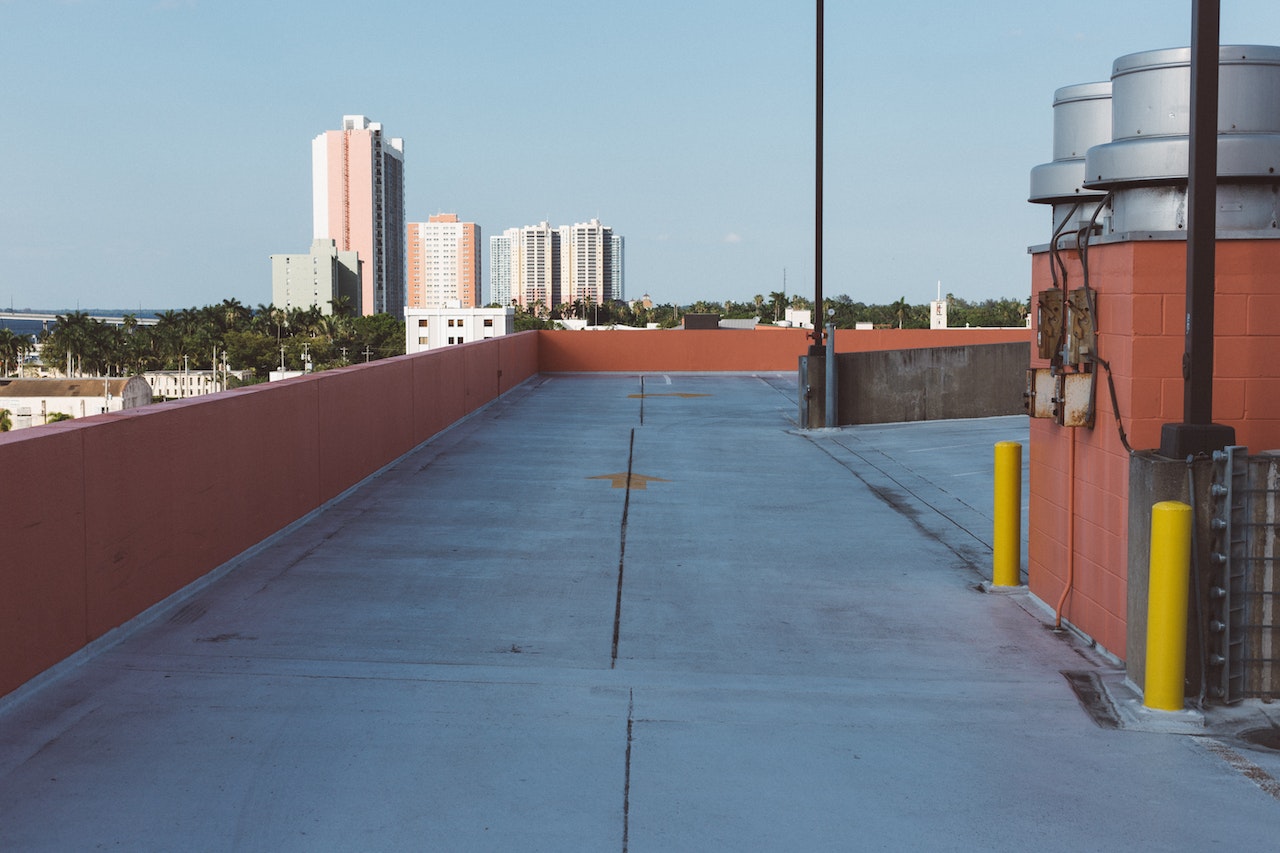Ensuring your home is prepared for the upcoming winter season is essential as the days grow shorter and the temperatures drop. An often neglected but crucial factor is the state of your roof. With harsh weather conditions and potential snowfall on the horizon, it’s essential to ask yourself: Is your roof ready for winter? Hiring a professional roofing contractor to assess and address potential issues is a proactive step toward safeguarding your home and possessions. Ensuring your home and possessions are protected and maintaining your peace of mind relies heavily on a sturdy and well-kept roof. In this discussion, we will explore the key steps, including the expertise of a roofing contractor, to assess your roof’s readiness for the impending winter months. So, let’s dive into this critical topic and ensure your roof is up to the task.
Inspect for Damage
Before the winter season arrives, it is essential to inspect your roof thoroughly for any potential damage. Regular roof maintenance is essential to ensure your roof’s lasting strength and durability, particularly in the challenging winter season. Winter roof care starts with a comprehensive inspection to identify potential issues. Look for signs of loose or missing shingles, cracked or damaged tiles, deteriorated flashing, or wear and tear. Check for leaks or water stains on the ceiling or walls, as they can indicate a problem with your roof. Examining the gutters and downspouts to identify debris or blockages that may lead to water backup and roof damage is crucial. A comprehensive inspection allows you to promptly resolve any issues, preventing additional damage and ensuring your roof is well-prepared for winter weather conditions.
Clean Gutters and Downspouts
To ensure proper water drainage and prevent damage to your roof, it is essential to clean your gutters and downspouts regularly. Clogged gutters can lead to water overflow, which can damage the roof and cause leaks. Here are some critical steps to take when cleaning your gutters and downspouts:
– Start by inspecting the gutters for any debris, such as leaves, twigs, or dirt.
– Clear the debris from the gutters using a gutter scoop or a small trowel.
– Flush the gutters with water to confirm the removal of any lingering debris.
– Check the downspouts for clogs and remove any obstructions.
– Install gutter guards to prevent debris from accumulating in the future.
Seal Any Leaks or Cracks
After ensuring your gutters and downspouts are clean and debris-free, the next crucial step in preparing your roof for winter is to seal any leaks or cracks. Repairing leaks and sealing cracks is essential to prevent water damage to your home. Water can seep through even the smallest openings and cause significant damage, leading to costly repairs. Scrutinize your roof for any signs of leaks or cracks, such as water stains on the ceiling, damp or musty odors, or visible water dripping. Use a sealant appropriate for your roofing material to patch up any areas of concern. Consider places where different materials meet, such as chimneys, vents, and skylights. By sealing leaks and cracks, you can ensure your roof remains watertight and protected during winter.
Check Insulation
Ensuring proper insulation is a crucial step in preparing your roof for winter. Upgrading and maintaining insulation helps keep your home warm during the colder months and can also improve energy efficiency and reduce heating costs. To effectively check your roof insulation, follow these steps:
– Update insulation: Consider adding more insulation to increase its effectiveness, especially if your current insulation is outdated or insufficient.
– Identify gaps: Inspect the attic and crawl spaces for any gaps or areas where insulation may be missing or damaged.
– Seal gaps: Use caulk or weatherstripping to seal any gaps or cracks that allow cold air to enter your home.
– Check for water damage: Look for signs of water damage, such as stains or mold, as this can compromise insulation performance.
– Consult a professional: If you need clarification on the condition of your insulation or need assistance, it’s advisable to seek professional help.
Trim Overhanging Branches
Trimming overhanging branches is an important task when preparing your roof for winter. Pruning trees near your roof helps prevent ice dams, which can cause significant damage and leaks. Overhanging branches can collect snow and ice, adding excess weight to your roof and increasing the risk of harm or collapse. By trimming these branches, you reduce the chances of ice dams forming and the potential for branches to break and damage your roof during winter storms. Hiring a professional tree service is recommended to safely prune trees near your roof, ensuring that the job is done correctly and without causing any harm to the tree or your property. Regularly inspecting and trimming overhanging branches is an essential part of roof maintenance to protect your home during winter.
